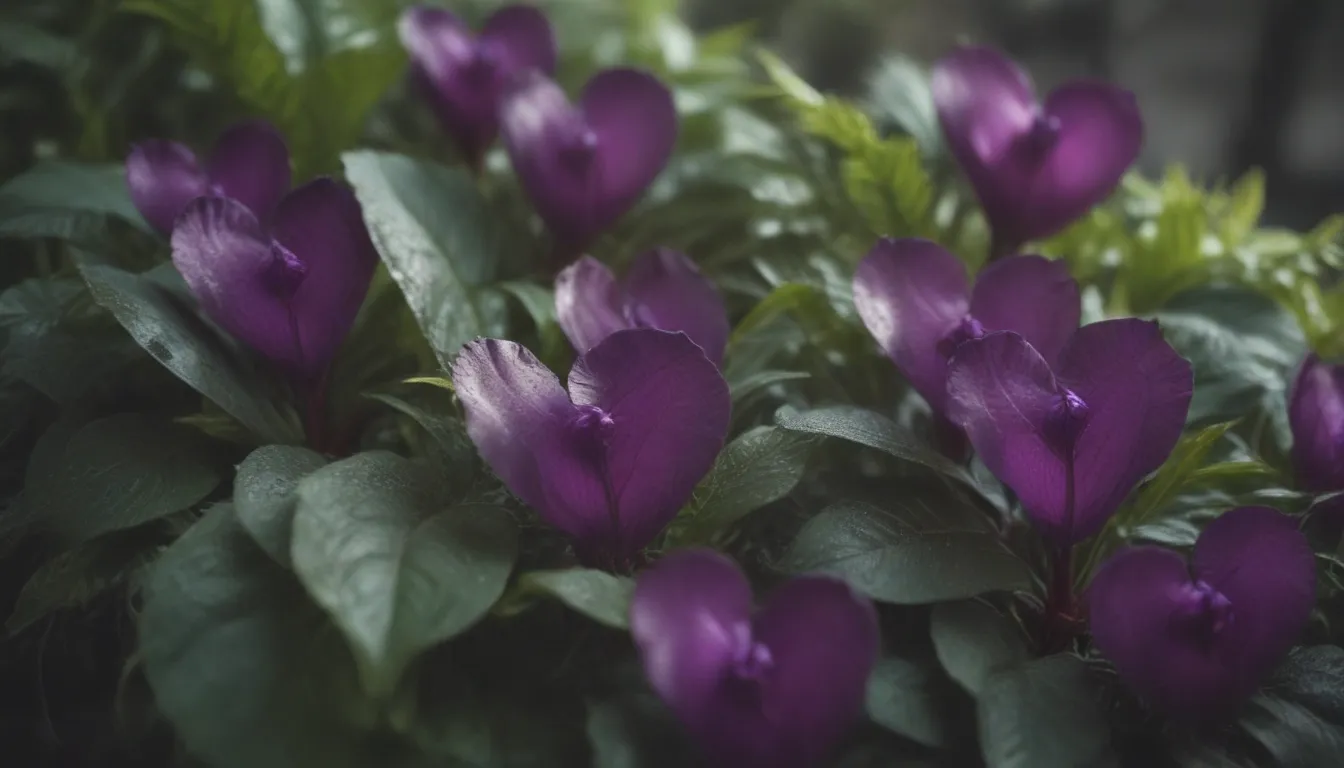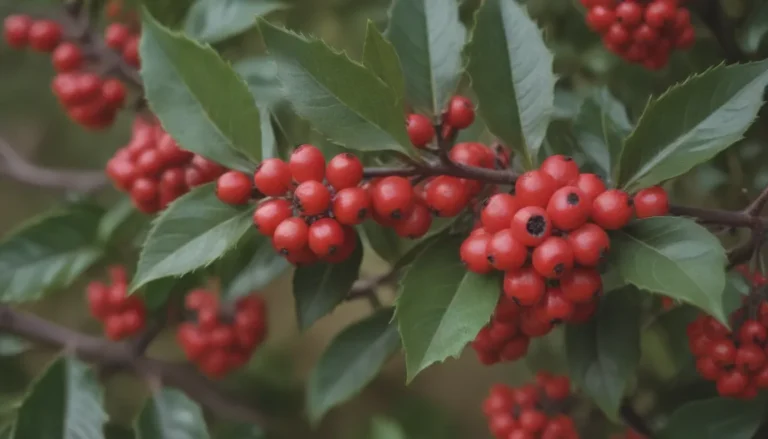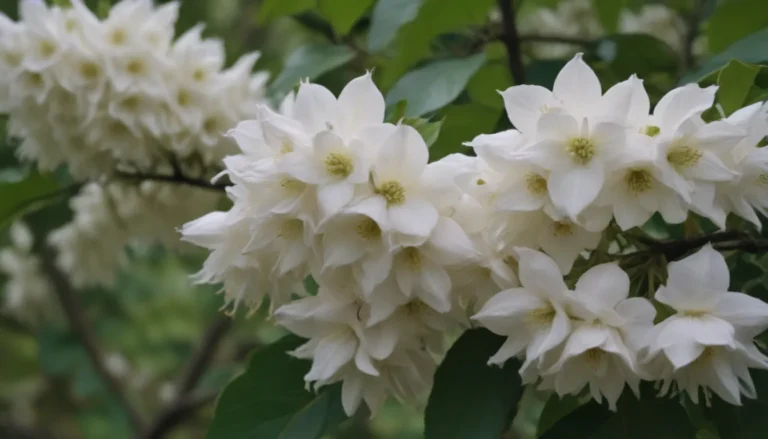The Ultimate Guide to Growing and Caring for Purple Heart Plants

If you’re looking to add a touch of purple to your garden or home, purple heart plants are a fantastic choice. Also known as purple spiderwort, these vibrant plants are named for their iconic purple stems and small flower clusters that range from violet to pink. Whether you’re growing them outdoors in your garden or indoors as a houseplant, purple heart plants are sure to add a pop of color to any space.
Getting to Know Purple Heart Plants
Purple heart plants, like other species in the Tradescantia genus, can be mildly toxic to pets and people. With their fast growth rate and spreading habit, these plants are often referred to as “creeping perennials.” In various parts of the world, purple heart plants are considered invasive and can quickly overtake other plants in their vicinity.
Light Requirements
Planting your purple heart plants in full sun will help them develop their vibrant purple stems. While they can tolerate partial shade, the stems may appear more green than purple in less sunny conditions. It’s best to gradually acclimate these plants to brighter conditions to prevent foliage burn from sudden exposure to direct sunlight.
Soil Needs
Purple heart plants thrive in lightweight, porous, and moist soil with good drainage. They can tolerate a wide pH range, from slightly acidic to slightly alkaline. When planting or repotting your purple heart plants, make sure to use a well-draining soil mix to prevent waterlogged roots.
Watering Tips
Purple heart plants are drought-tolerant, but they still require regular watering to thrive. Aim to water your plants when the top layer of soil feels dry to the touch, especially during their blooming season. Younger plants may need more frequent watering than mature ones, so be sure to check the soil moisture regularly.
Temperature and Humidity Preferences
Purple heart plants can thrive in a variety of temperatures but are sensitive to frost. They prefer high humidity, so if you’re growing them indoors in a dry environment, consider using a humidifier or placing them in a bathroom or kitchen where humidity levels are higher. Dry air can cause the leaves to become limp and affect the overall health of the plant.
Fertilizing Your Plants
While purple heart plants don’t typically require fertilizer, you can use a diluted solution to provide them with essential nutrients. Be sure to dilute the fertilizer to half its regular strength to avoid overfeeding your plants.
Caring for Your Purple Heart Plant
Pruning Tips
With their fast growth rate, purple heart plants can quickly become leggy and spindly. To keep your plants looking their best, prune them during the warmer months after the bloom period is over. Use sharp scissors and gloves to prevent skin irritations from the sap in the stems, and trim back overgrown stems by about half to promote bushier growth.
Propagating Your Purple Heart Plant
Purple heart plants are easy to propagate from stem cuttings. Simply snip a healthy stem, place it in water or moist soil, and watch as roots develop. This is a great way to expand your plant collection or share your purple heart plants with friends and family.
Potting and Repotting Guidelines
When potting or repotting your purple heart plant, choose a well-draining soil mix that includes peat moss, perlite, and compost. Ensure that the pot has drainage holes to prevent root rot caused by waterlogged soil. While purple heart plants don’t require frequent repotting, they may need a larger container if their roots start to outgrow their current pot.
Overwintering Your Purple Heart Plant
If you live in USDA hardiness zones 7-11, your purple heart plant should survive the winter outdoors. However, if you’re in a cooler zone, you can either treat your plant as an annual or bring it indoors before the first frost. Place it in a sunny spot, water it when the soil dries out, and prune leggy vines to keep the plant healthy indoors. Once the danger of frost has passed, you can move your purple heart plant back outside.
Dealing with Pests and Diseases
Purple heart plants are relatively tough but may attract caterpillars, snails, aphids, vine weevils, mealybugs, and scales when grown outdoors. To protect your plants, consider placing a barrier of gravel, wood chips, or diatomaceous earth around them to deter pests. Regularly inspect your plants for signs of infestation and take proactive measures to keep them healthy.
Encouraging Blooms on Your Purple Heart Plant
Understanding Bloom Cycles
Purple heart plants typically bloom in the summer when grown outdoors, though they may flower as early as spring and continue into the fall. Indoors, the bloom schedule may vary, but most plants will flower around summertime. The dark pink blooms have three petals and emerge from the distinctive purple leaves of the plant.
Promoting Blooms
To encourage more blooms on your purple heart plant, ensure it receives at least six hours of direct sunlight each day. If growing indoors, consider using a grow light to provide sufficient light for flower production. Deadheading spent blooms can also stimulate the plant to produce more flowers and keep it looking tidy.
Post-Bloom Care
After the flowering period ends, continue caring for your purple heart plant as usual. If the plant becomes leggy, consider trimming it back to promote bushier growth. Remember to wear gloves when handling the plant, as the sap can cause skin irritation in some individuals.
Maintenance Tips for Healthy Growth
With their thick, fleshy leaves that store water, purple heart plants are considered succulents and require minimal maintenance. Pinching the tips of new stems can encourage compact growth and prevent the plant from becoming too leggy. Regularly check the plant for signs of dehydration, pests, or diseases to ensure its long-term health.
Wrap Up
In conclusion, growing and caring for purple heart plants can be a rewarding experience. With their striking purple stems and vibrant blooms, these plants are sure to add a touch of color and beauty to any space. By following the care tips outlined in this guide, you can enjoy a thriving purple heart plant that brightens your garden or home year-round. Remember to provide adequate light, water, and nutrients, and your purple heart plant will reward you with lush growth and abundant blooms for years to come.





